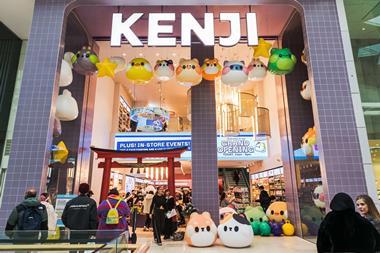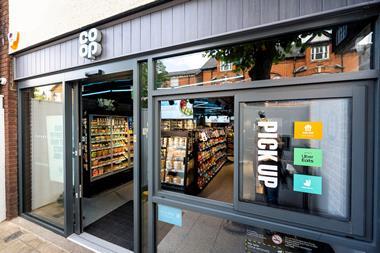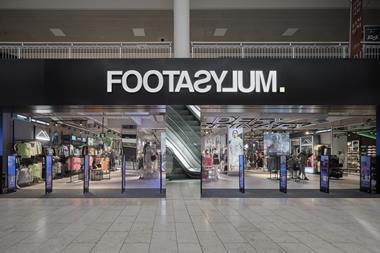Imagine this. You’ve built up your business to the point where you are the envy of your competitors and the market leader. Then, for some unaccountable reason, things begin to become a little quiet. At first it’s a minor worry, but as the slowdown gathers pace, you realise that you are facing rather more than a temporary blip. You’re a listed company and the market is not unaware of the problems you are facing. You floated a couple of years back and everybody seemed happy. Now, your share price is a fraction of what it was and there’s not much distance between you and the penny share operators.
This, more or less, has been the story of the UK’s largest shopfitter, Styles & Wood, this year. In the past six months, chairman Gerard Quilligotti and chief executive Neil Davies have both stepped down from their roles and taken a backseat in the business and new chief executive Ivan McKeever has had his work cut out since taking the helm in June.
It all sounds bad, yet this remains a very large company that, when the counting is complete, is likely to find itself at the top of the tree once more when this year is done and dusted. It’s a bit like Marks & Spencer; just at the point last year when everybody was beginning to use the r word, the whole show seemed to fall apart.
Or at least that was the way it was portrayed in the financial pages of almost every serious newspaper. And although the magic£1 billion profit figure, reached by M&S once more in May, now seems unlikely to be repeated in the near future, it is nonetheless still a very large company and one regarded by many as a bellwether of market conditions. The same is true of Styles & Wood for shopfitters.
In spite of its much-publicised difficulties, therefore, Styles & Wood still took top honours and headed this year’s Top Shopfitters league table.
Last week, however, it unveiled its interim results. Perhaps unsurprisingly, the numbers were lower than the previous year. At£123.1 million, sales were down 17.8 per cent against 2007. More significantly, pre-tax profits plummeted 53.8 per cent to£2.4 million.
By any standards, this would not be a positive performance, but set against those who give this company work – retailers – the results might be seen as about par for the course in the present climate. As such, it offers a pretty good snapshot of how the market is performing.
The statement that accompanied the results pinned the decline in sales and profits on two factors – retailers delaying projects “due to uncertainty in the market” and “customers exerting margin pressure on the supply chain as a result”.
McKeever says that he is “comfortable” with broker Investec’s£230 million forecast for the full year. While this will mean sales have fallen by roughly a third this year, it will almost certainly still ensure that the company remains at the top of the shopfitting league next year.
As tends to be the case whenever a troubled company gets a new chief executive, change is on the cards and, in the two months since McKeever took over, this has been the case. “We’ve taken immediate and decisive action on the cost base and we think we’ve achieved annualised cost savings of£4 million,” he says.
Styles & Wood has also managed to hold on to all its customers, says McKeever, which is no mean feat considering the turmoil that has engulfed the company.
He adds that he has observed a number of distinct trends this year. The first of these is the switch that has taken place from refurbishing old stores to working on new stores. “Three quarters of our business is now coming from work on new space and 25 per cent from refurbishing existing space,” he explains. This might seem ominous when the short-term nature of the development pipeline is considered. But McKeever does not see this as a problem. “We believe that developments in the pipeline are slowing down. They’ll take longer to come to market,” he explains.
He adds that shopfitters need to be able to help retailers save energy, because the green agenda is looking increasingly attractive in the light of rising utility costs. He also expects that, because shoppers have turned increasingly towards value retailers as the downturn has gathered pace, mid-market operators will have to respond next year. Ultimately, he believes this will lead to more fit-out work. Every cloud has some sort of lining then, even if its silver is a little tarnished.


























No comments yet